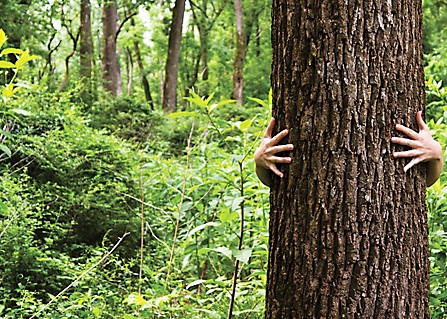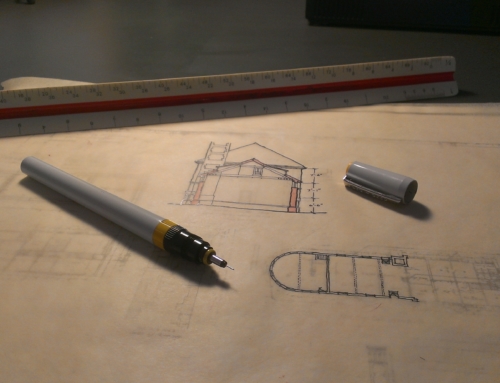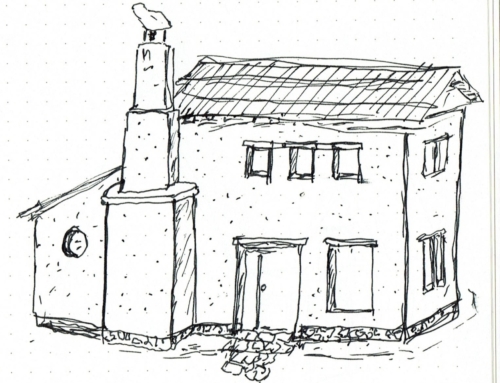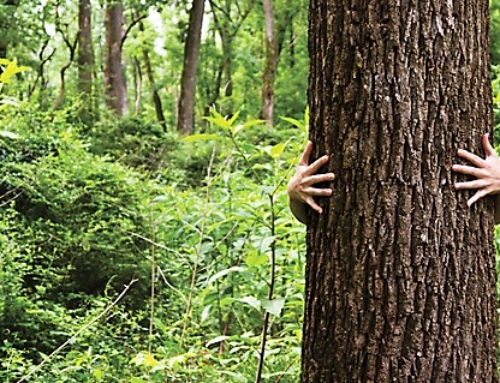Written by: Christa Holden
For this sustainability topic, I thought we would take a look at biophilic design. “Biophilia” is a term that originated with biologists to describe our subconscious attraction to other life forms and literally means, “love of life or living systems”. It is this love for life that helps to sustain life. For example, an attraction to flowers could stem from a potential for food therefore we are attracted to and tend to the lives of flowers. It has been found that when a connection with our natural world is strong and diverse, our health and immune systems are better. We deal with stress and function more productively and creatively in more natural environments. It is also said that 90% of modern life is spent indoors with a high percentage of those spaces lacking any sustainable connection to the planet that we live on. So, why wouldn’t we build those connections? Technology and industry booms have been blinded by profits and don’t understand the strength in these biophilic connections, they seem to be prolific in the “get er done and make yer buck” mentality, a position that has consumed and led to the development of a desensitized and a “we just don’t know any better” general population.
The thought is that our modern life, living in buildings and cars disconnected from nature, is responsible for a general lack of understanding or caring for our natural world. Much of the general population unknowingly suffers from these lack of connections with nature. By introducing biophilic design into our built environment and urban spaces we can begin to reconnect those most disconnected and perhaps reestablish our innate love for nature. Building a desire to tend and restore nature is especially important in today’s state of climate crisis. Another response seen by people who are operating within spaces that lack biophilic design is a longing for and the seeking out of more nature, because it isn’t present / present enough in their daily lives. Biophilic design seeks to integrate our lives to benefit all life on planet Earth, through daily connections that can be an intrinsic part of our way of doing things, and no longer an after thought or something that needs to be sought after on weekend getaways.
Here is another great introduction to the theories and thoughts on Biophilia by Antonio Caperna, PhD; it describes the origin and meaning of this term and starts to define biophilic design foundations for architecture. Another great source for this topic is an entire issue of Living Architecture Monitor devoted to the understanding and application of biophilic design in architecture and urban design. In particular the article on page 16, Biophilic Design: A Case Study at Phipps Conservatory, Pittsburgh has some great information of the development of biophilic design and ideas like those of Dr. Stephen R. Kellert, the late Yale professor of social ecology at the School of Forestry and Environmental Studies, who organized a classification system breaking biophilic design into 6 areas:
- Environmental features
- Light and space
- Natural shapes and forms
- Place-based relationships
- Natural patterns and process
- Evolved human-nature relationships
This article, On The Roof With Experts on Biophilic Design, takes a closer look at the findings of this case study and the overall benefits of biophilic design. (In fact this whole issue of Living Architecture Monitor does but this article in particular stood out to me.) All in all, biophilic design is worth a deeper understanding and incorporation into our practice as designers and as human beings.








